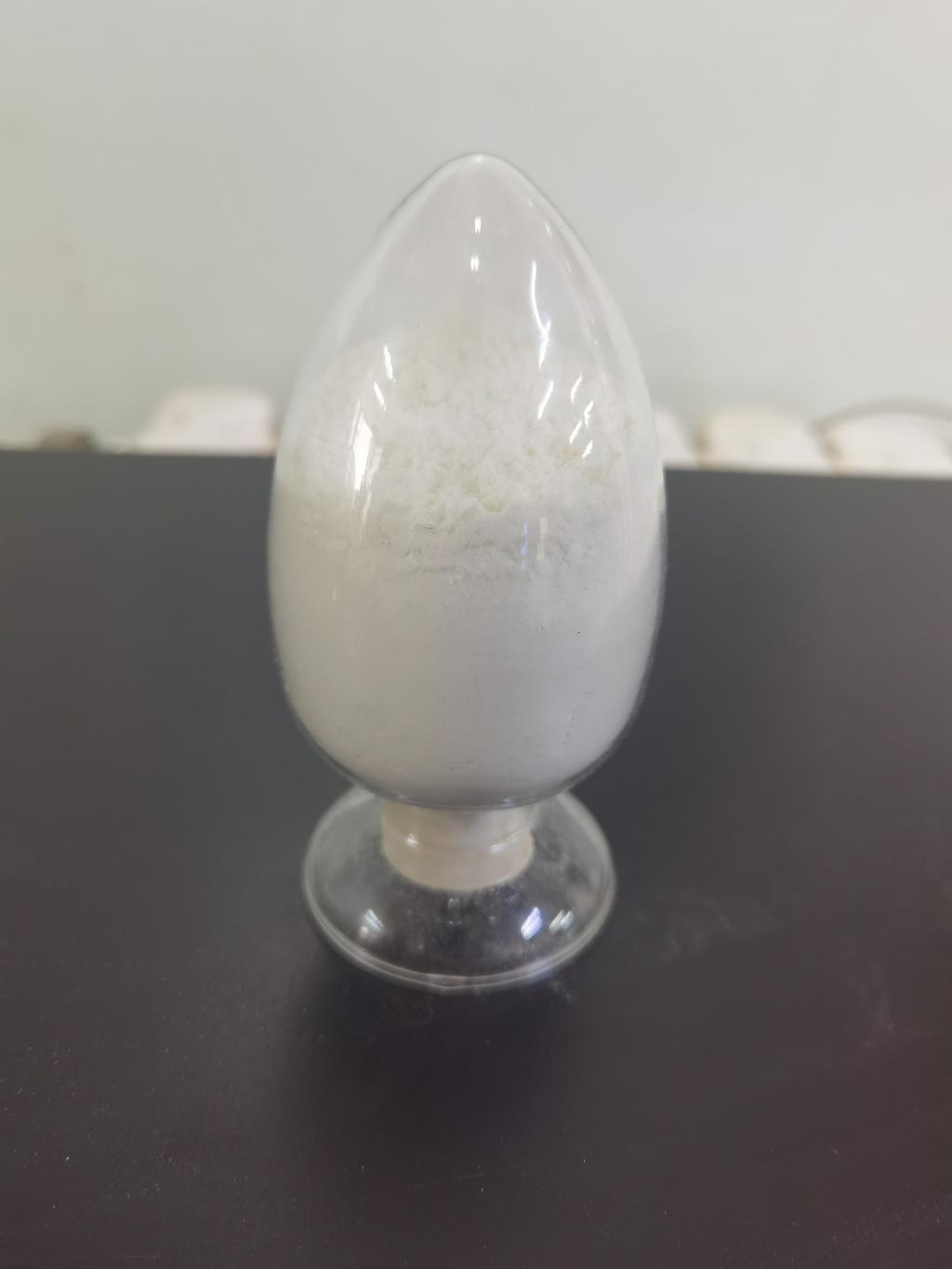Tel:+8618231198596

News
 CONTACT
CONTACT
 CONTACT
CONTACT
- Linkman:Linda Yao
- Tel: +8618231198596
- Email:linda.yao@dcpharma.cn
- Linkman:CHARLES.WANG
- Department:Overseas
- Tel: 0086 0311-85537378 0086 0311-85539701
News
Can ε-Polylysine hydrochloride be used as a preservative in ready-to-eat meals or convenience foods?
TIME:2023-07-24
Introduction:
The growing demand for convenience and time-saving solutions has led to an increase in the consumption of ready-to-eat meals and convenience foods. However, the short shelf life of these products poses challenges for manufacturers in meeting consumer demands while ensuring food safety. ε-Polylysine hydrochloride, a naturally derived antimicrobial peptide, has gained attention as a potential preservative that can extend the shelf life of these products while offering a clean-label and natural alternative to chemical additives.
ε-Polylysine Hydrochloride as a Natural Preservative:
ε-Polylysine hydrochloride is a cationic polymer derived from the fermentation of Streptomyces albulus. Its antimicrobial properties stem from its ability to interact with bacterial cell membranes, leading to cell death and inhibition of microbial growth. As a natural preservative, ε-polylysine hydrochloride aligns with consumer preferences for clean-label products without compromising food safety.
Effectiveness Against Spoilage Microorganisms:
Ready-to-eat meals and convenience foods are susceptible to contamination by various spoilage microorganisms, including bacteria, yeasts, and molds. ε-Polylysine hydrochloride has demonstrated broad-spectrum activity against many of these microorganisms, making it an effective preservative in preventing food spoilage.
Shelf Life Extension:
One of the primary advantages of using ε-polylysine hydrochloride in ready-to-eat meals and convenience foods is its ability to extend the shelf life of these products. By inhibiting the growth of spoilage microorganisms, ε-polylysine hydrochloride helps maintain product freshness and quality, reducing food waste and enhancing consumer satisfaction.
Sensory Impact:
Maintaining the sensory attributes of ready-to-eat meals and convenience foods is crucial for consumer acceptance. Studies have shown that the addition of ε-polylysine hydrochloride has minimal impact on the taste, aroma, and texture of food products, ensuring that the overall sensory experience remains uncompromised.
Regulatory Considerations:
ε-Polylysine hydrochloride has been approved as a food additive in various countries, including Japan, China, and the United States. However, regulations may differ, and manufacturers should adhere to the approved usage levels and labeling requirements in specific regions.
Synergistic Effects:
Combining ε-polylysine hydrochloride with other natural preservatives or antimicrobial compounds has shown synergistic effects, enhancing overall efficacy and providing additional protection against microbial contamination. This approach allows for a reduction in the total amount of preservatives used while maintaining food safety.
Stability during Processing:
Ready-to-eat meals and convenience foods often undergo various processing steps, including cooking, chilling, and freezing. ε-Polylysine hydrochloride exhibits excellent heat stability, ensuring its effectiveness during thermal processing and subsequent storage.
Packaging Considerations:
Packaging plays a vital role in preserving the quality and safety of ready-to-eat meals and convenience foods. Selecting appropriate packaging materials that maintain the barrier properties and prevent ε-polylysine hydrochloride loss is essential to ensure the preservative's efficacy throughout the product's shelf life.
Consumer Perception:
Consumer awareness and acceptance of ε-polylysine hydrochloride as a natural preservative are critical for successful implementation in ready-to-eat meals and convenience foods. Transparent communication about the benefits of ε-polylysine hydrochloride as a safe and natural preservative can positively influence consumer perception and purchase decisions.
Food Safety and Quality Assurance:
The integration of ε-polylysine hydrochloride into the production process requires robust food safety and quality assurance measures. Regular testing and monitoring of product samples are essential to ensure that the preservative is effectively controlling microbial growth and maintaining product safety.
Future Prospects:
As consumer demand for natural and clean-label products continues to grow, ε-polylysine hydrochloride holds immense potential as a natural preservative in the ready-to-eat meals and convenience food industry. Further research and development can explore novel applications and innovative formulations to optimize its efficacy and address specific challenges in different product categories.
Conclusion:
Ready-to-eat meals and convenience foods are integral to modern dietary habits. To ensure their safety and quality, the use of effective preservatives is essential. ε-Polylysine hydrochloride, as a natural antimicrobial peptide, offers a viable solution for extending the shelf life and maintaining the freshness of these products while adhering to consumer preferences for natural and clean-label ingredients. As research and regulatory support continue to strengthen, ε-polylysine hydrochloride's role as a valuable natural preservative in ready-to-eat meals and convenience foods is poised to make a significant impact on the food industry and consumer well-being.
- Tel:+8618231198596
- Whatsapp:18231198596
- Chat With Skype







